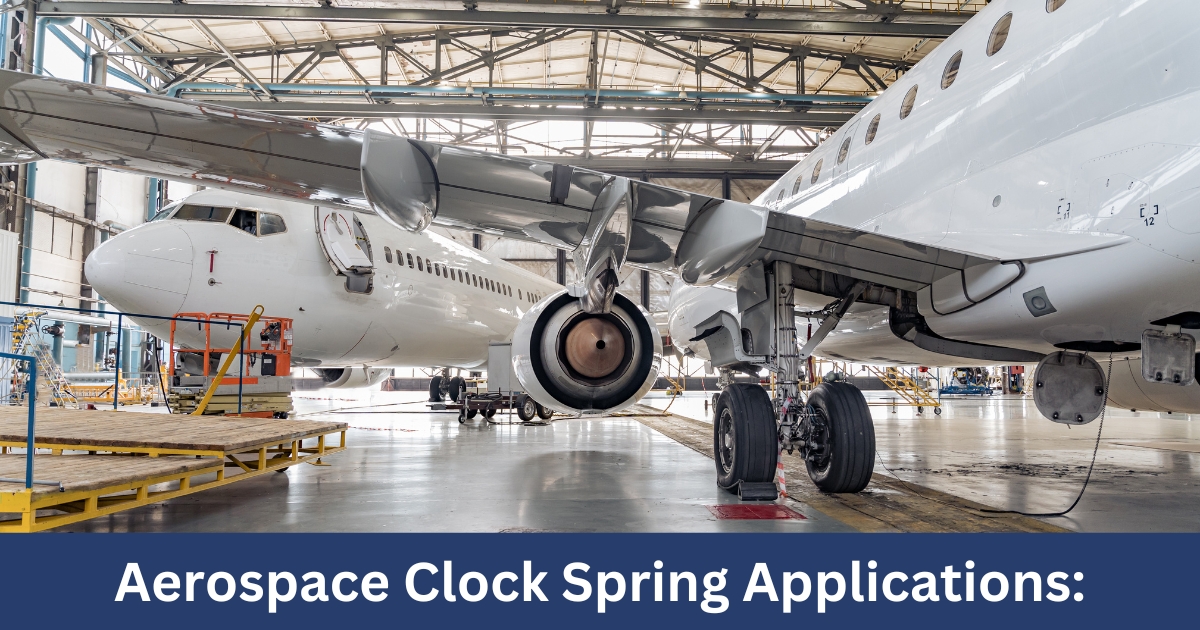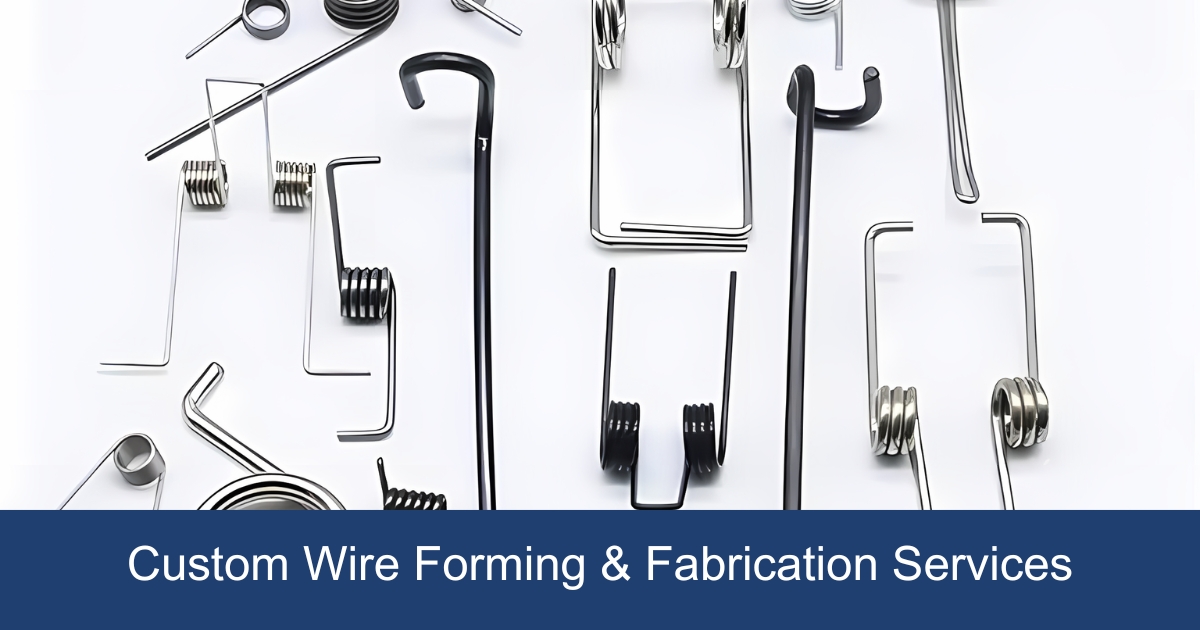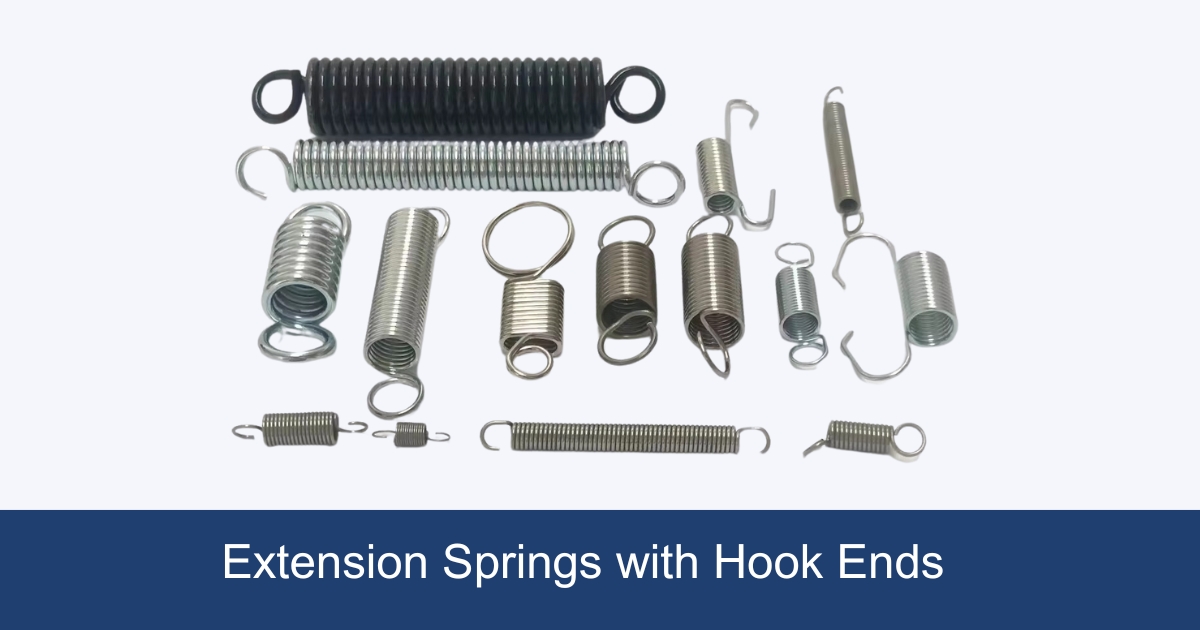Seeking expertise in prototype torsion springs? “Mastering the Craft of Prototype Torsion Springs: A Detailed Guide” offers a concise journey from design to prototype, packed with insights for project excellence. Dive into the complexities of torsion spring prototyping with confidence, ensuring your venture from concept to reality is both successful and informed. Let this guide be your compass in the intricate world of prototype torsion springs, where precision meets innovation.

What is Torsion spring Prototype ?
A torsion spring prototype is an initial model or sample of a spring, designed to test and validate the functionality, design, performance, and material choices before mass production. It serves as a crucial step in the development process, allowing engineers and designers to identify potential issues, make necessary adjustments, and ensure that the spring meets all specified requirements and standards. Prototyping helps in optimizing the design for efficiency, cost-effectiveness, and reliability in its intended application.
Key Design Considerations for Prototype Torsion Springs
Design considerations for prototype torsion springs are specialized due to their unique functionality and application. Here are key factors to keep in mind:
- Material Selection: The choice of material impacts the torsion spring’s strength, corrosion resistance, and temperature tolerance, affecting its performance and longevity in the specific application environment.
- Spring Rate: Crucial for torsion springs, the spring rate determines how much force is needed to rotate the spring a certain angle. It must be calculated accurately to meet the application’s requirements.
- Leg Configuration: The design and orientation of the legs are essential for connecting the spring to other components. The leg length, shape, and attachment points must be considered to ensure proper function and fit.
- Coil Diameter and Wire Size: These dimensions directly affect the torsion spring’s performance. Larger wire sizes and coil diameters can handle more torque but may require more space.
- Stress and Fatigue: Torsion springs are subject to different stresses compared to compression or extension springs. It’s vital to analyze the operational stresses and design for durability, especially for springs subjected to repeated cycles.
- Operational Environment: Factors such as temperature extremes, corrosive elements, and presence of moisture can affect material choice and protective finishes to ensure the spring’s reliability over its intended lifecycle.
- Tolerances: Precision in manufacturing tolerances is critical for torsion springs, as small deviations can significantly impact their functionality and integration with other mechanical components.
By meticulously addressing these considerations, you can design and prototype torsion springs that meet the specific needs of your application, ensuring performance, reliability, and durability.
How Torsion Spring Prototypes Are Made?
Creating a spring prototype involves several key steps, designed to ensure that the final product meets the required specifications and performance standards. Here’s a general overview of the process:
1. Design Conceptualization
The process begins with a clear understanding of the spring’s intended use, performance requirements, and environmental conditions. Designers use software tools to model the spring, considering factors like dimensions, material properties, and load capacities.
2. Material Selection
Based on the application requirements, the appropriate material for the spring is selected. This choice depends on factors such as tensile strength, corrosion resistance, temperature tolerance, and fatigue life.
3. Prototype Manufacturing
With the design and materials decided, the prototype manufacturing process begins. This can involve various methods, including traditional coiling machines for simpler designs or more advanced techniques like CNC machining for complex shapes and high precision requirements. Additive manufacturing (3D printing) might also be used, particularly for intricate designs or when material conservation is a priority.
4. Testing and Evaluation
Once the prototype is manufactured, it undergoes rigorous testing to evaluate its performance under expected operational conditions. Tests may include load testing, fatigue testing, and environmental exposure testing, among others, to ensure the spring meets all design criteria.
5. Iteration and Refinement
Based on the testing results, the spring design may be adjusted and refined. This iterative process is crucial for resolving any performance issues or design flaws. Further prototypes may be created and tested until the spring meets all expectations.
6. Finalization and Documentation
Once the prototype successfully passes all tests and meets the project requirements, the final design is documented. This documentation includes detailed specifications, manufacturing processes, and testing results, serving as a blueprint for mass production.
This methodical approach ensures that spring prototypes are developed efficiently and effectively, reducing the risk of errors in the final product and ensuring that it performs as intended in its application.
Typical Lead Times for Prototype Torsion Springs
At Zigoal Spring manufacturer, the journey to crafting prototype torsion springs is marked by efficiency and precision. Typically, the lead times for these specialized springs range from 3 to 7 days. This duration is carefully calculated, taking into account the complexity of the spring design, the materials selected for the project, and the current production schedule. Our goal is to streamline the process, ensuring that each prototype is delivered within a timeframe that supports our clients’ project timelines.
Cost Calculation for Prototype Torsion Spring Projects
Determining the costs associated with prototyping torsion springs is a meticulous process at Zigoal Spring. We consider several critical factors, including the choice of material, the complexity of the spring design, the volume of production, and the urgency of the lead time. For straightforward designs, we are pleased to offer the prototyping service complimentary, with the client responsible for shipping costs. Typically, the investment for prototype torsion springs ranges from 50 to 250 US dollars, varying with the specifics of each project. For an accurate and tailored quote, we recommend a consultation with our Zigoal spring experts, ensuring that every aspect of your project is carefully considered.
Industries Served
We provide torsion springs ****prototyping assistance across a diverse range of industries. Here are some of the sectors that we regularly collaborate with, along with a brief overview of our services tailored to each industry’s unique needs:
- Aerospace: Precision springs for flight controls, landing gear, and engine components, ensuring reliability and performance in high-stress environments.
- Agriculture: Durable springs for agricultural machinery and equipment, designed to withstand harsh conditions and improve efficiency.
- Defense: Custom torsion springs for military hardware and defense systems, focusing on safety, durability, and compliance with stringent specifications.
- Electronics: Miniature springs for electronic devices, offering compact solutions for switches, connectors, and other critical components.
- Energy, Oil, & Gas: Robust springs for the energy sector, including oil drilling and renewable energy applications, emphasizing strength and corrosion resistance.
- Heavy Construction: Heavy-duty springs for construction machinery, contributing to the operational efficiency and longevity of equipment.
- Heavy Truck & Bus: Reliable springs for transportation vehicles, supporting suspension systems, brakes, and other essential functions.
- Industrial Automation: Innovative spring solutions for automated systems, enhancing precision and reliability in manufacturing processes.
- Medical: Specialized springs for medical devices and equipment, prioritizing accuracy, biocompatibility, and patient safety.
- Power Tools: Springs designed for the demanding requirements of power tools, ensuring performance and durability for professional and home use.
- Transportation: Custom springs for various modes of transport, including automotive, rail, and maritime, focusing on safety and reliability.
If your industry or specific application is not listed above, please don’t hesitate to contact us for customized torsion spring prototyping services tailored to your unique requirements.
FAQ for prototype torsion springs
Q: What details are needed for an accurate prototype torsion spring estimate?
For an accurate estimate, provide details like the spring type (specifically torsion), dimensions (leg length, wire diameter, etc.), material preferences, required quantity, and any special finishes. The more detailed your specifications, the more accurate our estimate.
Q: How does material selection impact my prototype torsion spring?
Material selection critically affects your torsion spring’s performance, durability, and cost. Considerations include tensile strength, corrosion resistance, and environmental conditions. Zigoal can guide you to the best material choice for your application’s demands.
Q: Can Zigoal assist in designing prototype torsion springs?
Yes, Zigoal a custom torsion spring manufacturer China, provides design assistance to refine or optimize your torsion spring design for performance and cost-efficiency. Our experts offer valuable insights to achieve your desired outcomes.
Q: How do you ensure the confidentiality of torsion spring designs?
At Zigoal, a custom torsion spring manufacturer China, we protect your torsion spring designs’ confidentiality with Non-Disclosure Agreements, secure data handling practices, and comprehensive staff training on intellectual property protection.
Q: What tests and quality assurance do prototype torsion springs undergo?
Prototype torsion springs at Zigoal a custom torsion spring manufacturer,undergo tests like load testing, cycle testing, and dimensional inspections to ensure they meet specifications. Our stringent quality control ensures high-standard springs.
Q: Can I modify my torsion spring design after initial tests?
Yes, prototyping’s advantage is the ability to iterate based on test feedback. Zigoal supports design refinements to improve your torsion spring’s performance and manufacturability.
Q: How do I select the correct end configurations for my torsion springs?
Choosing end configurations for torsion springs involves understanding your application’s specific needs, such as attachment points and load requirements. Zigoal’s team can advise on the optimal configuration, considering factors like leg orientation and connection methods.
Conclusion
Prototype torsion springs are pivotal in countless applications, demanding precision and innovation from concept to realization. Understanding the art of prototype torsion spring design is essential for achieving the desired performance and durability of your products.
For those looking to elevate their torsion spring prototypes, consulting with experts can provide invaluable insights into advanced design techniques, material selection, and optimization strategies. Take the initiative now to enhance your prototype torsion springs, ensuring your projects not only meet but exceed expectations. Reach out Zigoal today to transform your visionary designs into tangible successes.



